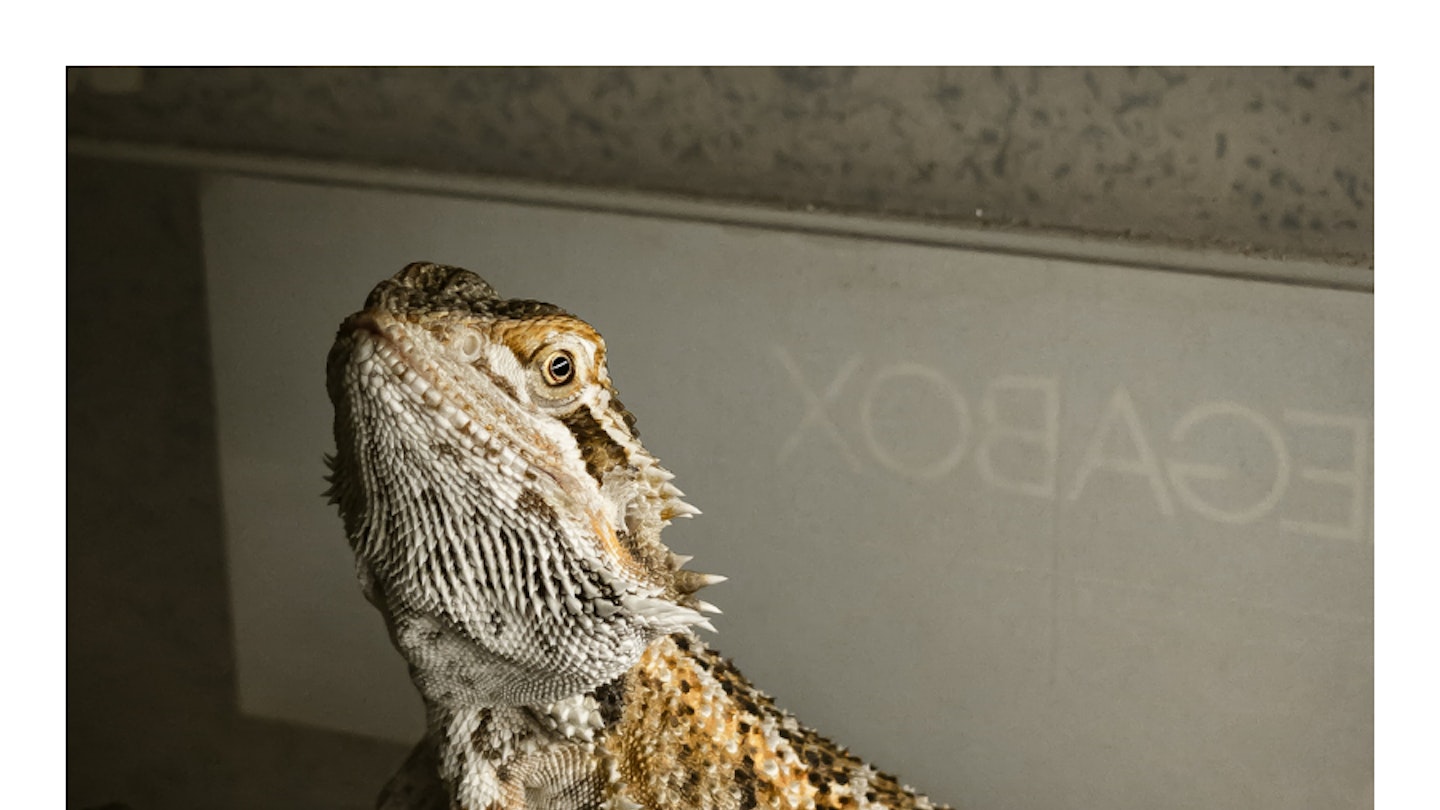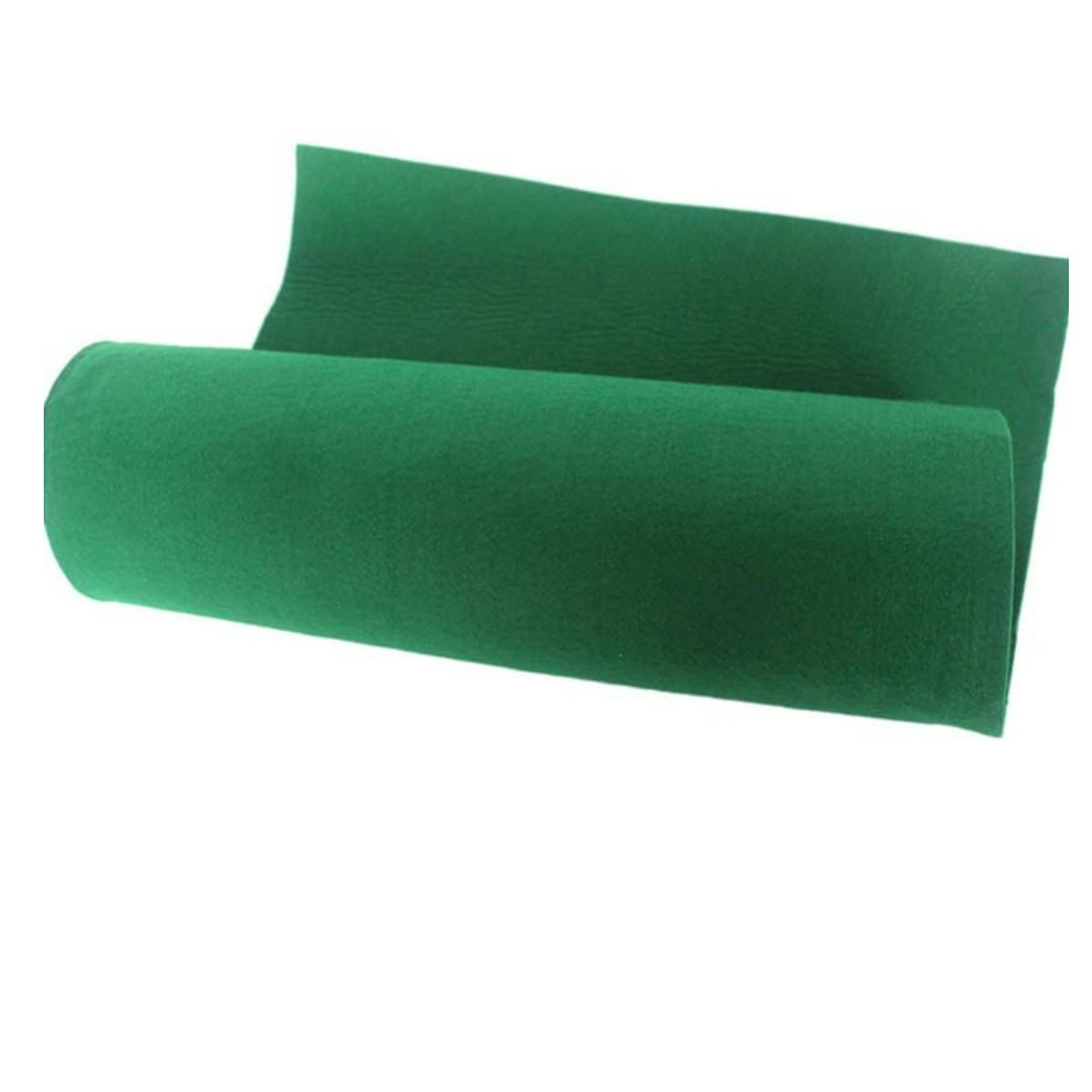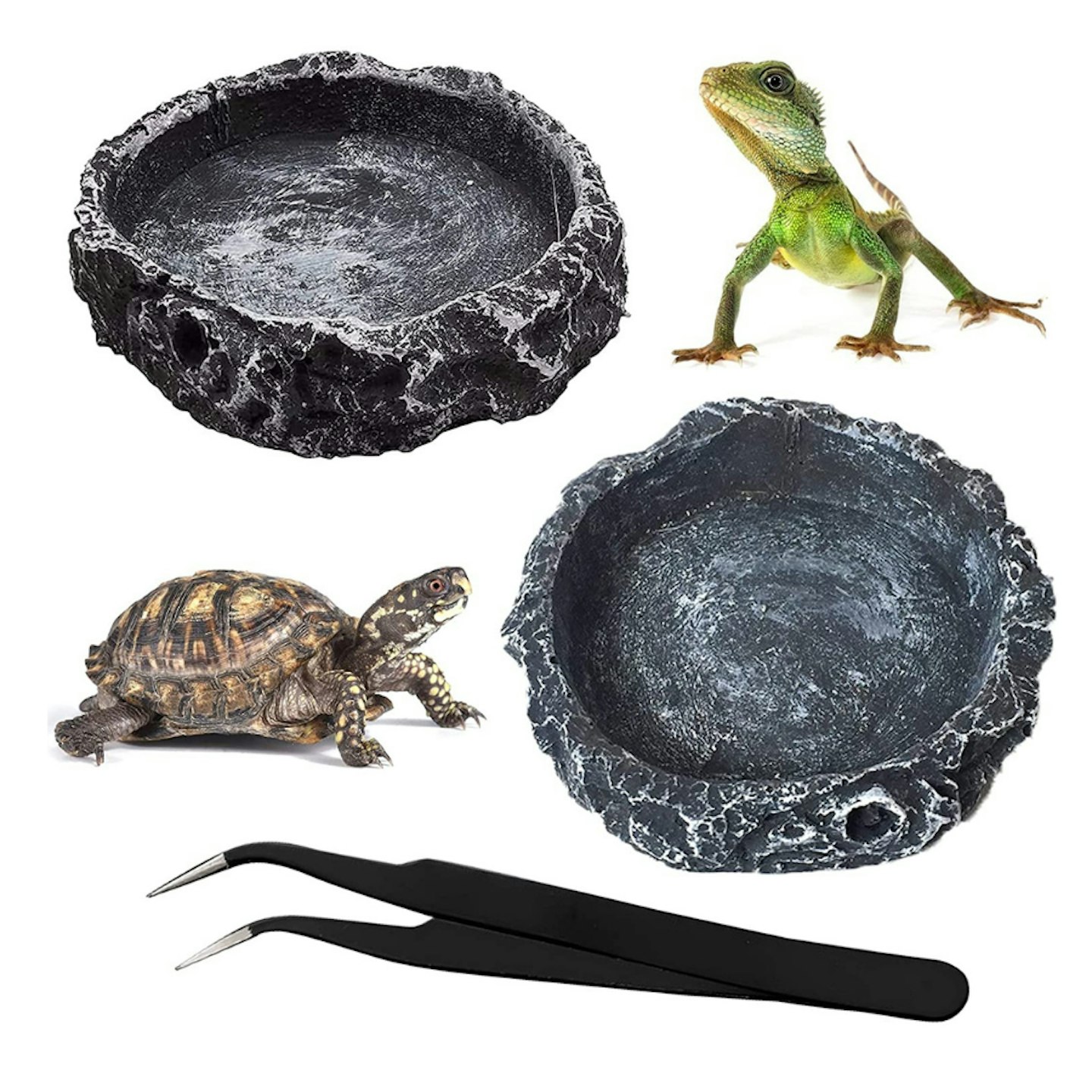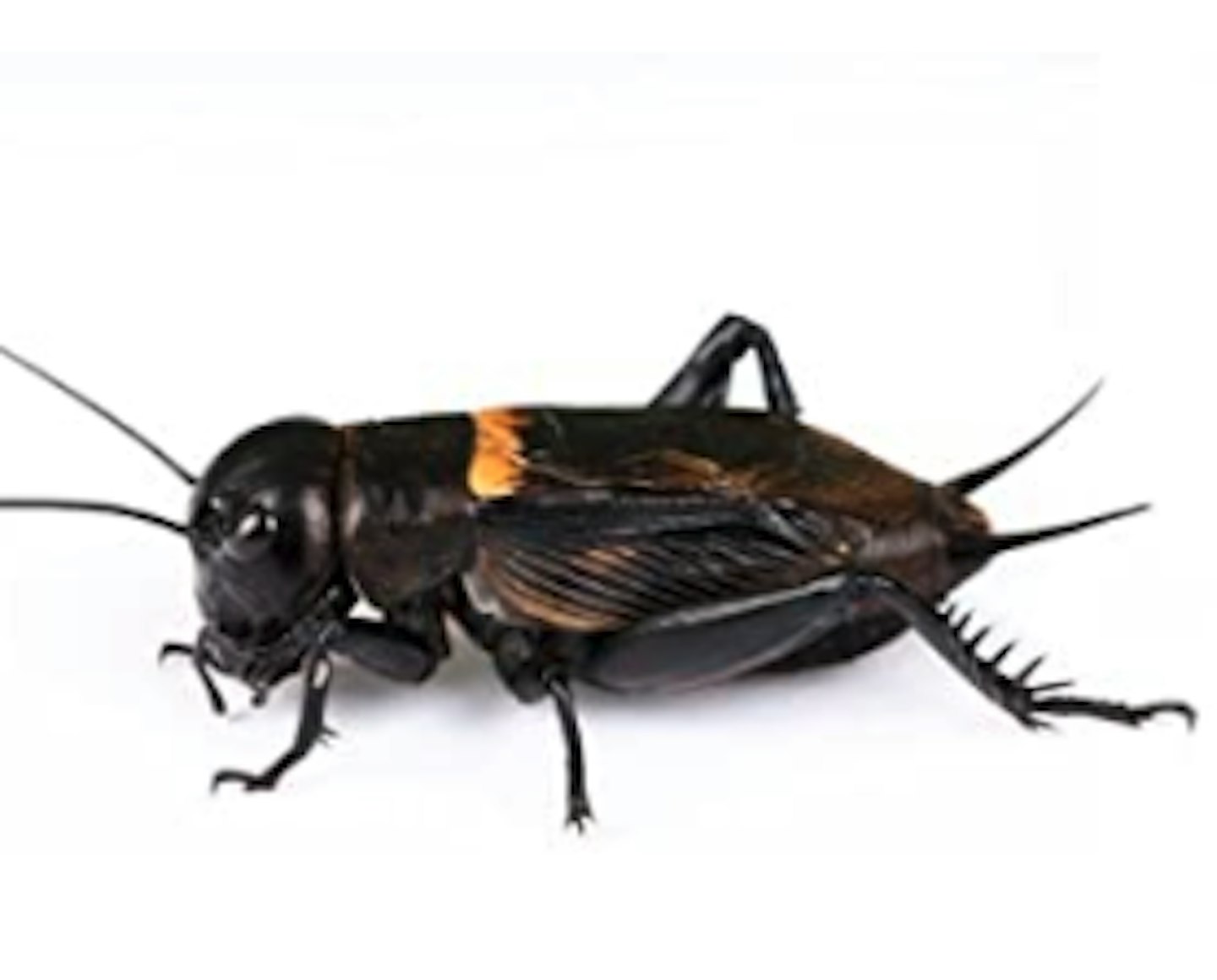When it comes to bearded dragons or beardies, there's very little not love. They boast excellent temperaments, being sociable and chilled out creatures, they love to bask under their UVB lamps or relax on your lap (particularly if you're warm).
But, because we love our beardies so much, there are quite a few things we need to do to ensure that they are happy, healthy and living their best lives. We need to provide them with the best bearded dragon care, which includes ensuring you have everything required for your bearded dragon setup.
Whether you're completely new to this or you've thoroughly done your research, we've listed and explained everything in detail, so that you can buy a complete bearded dragon setup right now.
Bearded dragon care, what do I need?
Vivarium (enclosure)
The minimum sized vivarium that is required for an adult bearded dragon according to the RSPCA is a 120cm length x 60cm height x 60 cm width. You have two different material options when it comes to vivariums - glass and wood, each has its advantages and disadvantages.
We've only listed oak/wood, as this is the main one that we would recommend. This is due to the fact that these retain heat best, and bearded dragons are 'exothermic' creatures. Meaning that they rely on their surroundings to regulate their body temperatures.
Find a bigger selection here for the best vivariums for bearded dragons****.
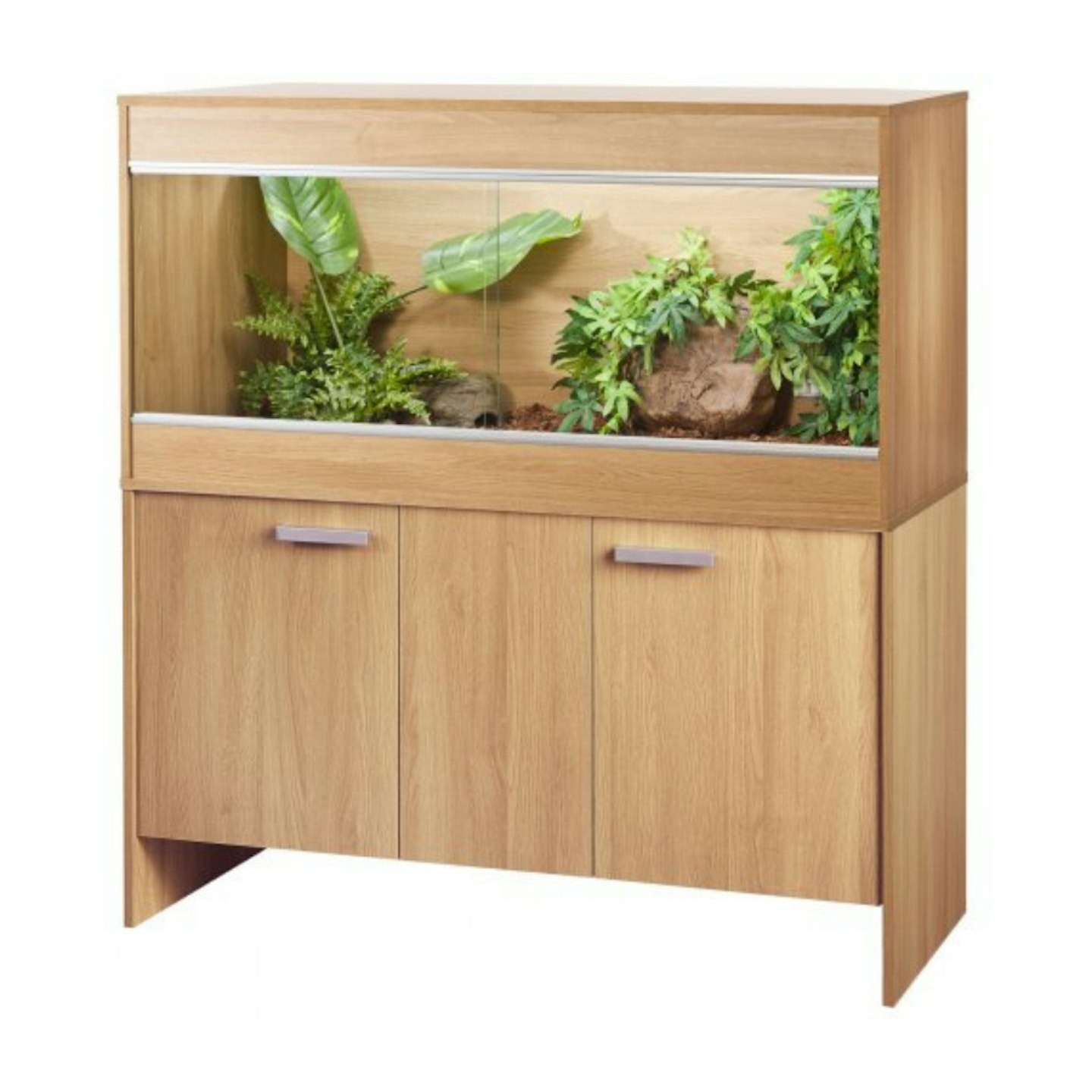
www.reptilecentre.com
An excellent option for all bearded dragons, this vivarium offers plenty of space for your little beardie to roam around. It's also excellent value for money and quite large, which means your bearded dragon will have plenty of room to explore.
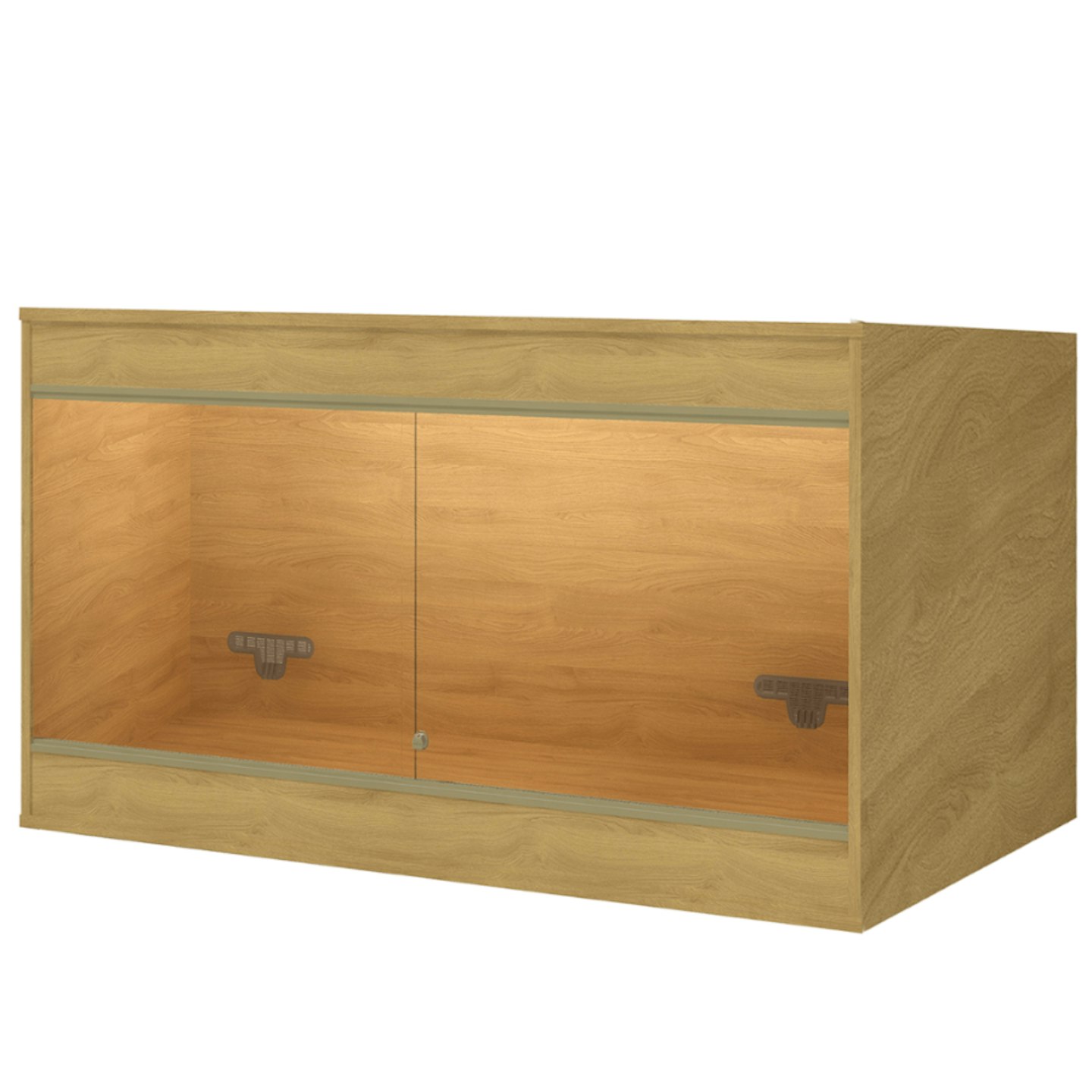
www.reptiles.swelluk.com
Love the above product but don't need the extra cabinet or space? Then this vivarium is for you, it's made from oak and also has toughened safety glass so your beardie won't be able to accidentally break it.
Heat and Lighting
As bearded dragons are exothermic creatures which means their environment helps them to cool down and warm up. This means they'll require a fair amount of lighting and heat, you'll specifically need a UVB lamp and a heat lamp, and you'll need to create a warmer section of the vivarium known as a 'basking zone'. As a frame of reference, the hottest section of the vivarium should reach anywhere between 38 to 42 Celsius. The cool end should be between 22 to 26 Celsius.
Please do ensure that you have the correct lighting for your little buddy, otherwise, they could become seriously ill as they won't be able to properly digest food and absorb nutrients.
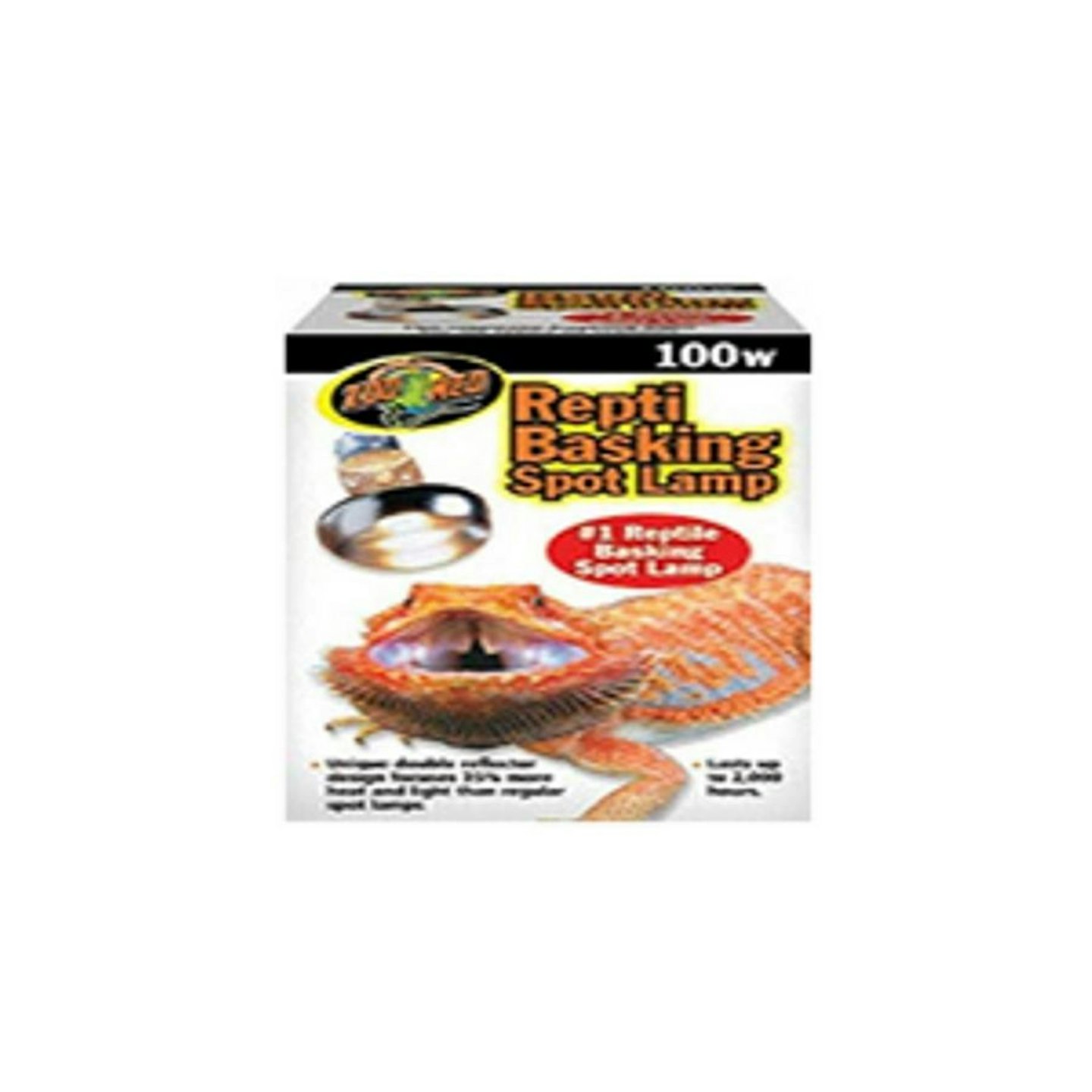
An affordable and brilliant heat lamp. This product helps create the 'basking zone' required for bearded dragons.
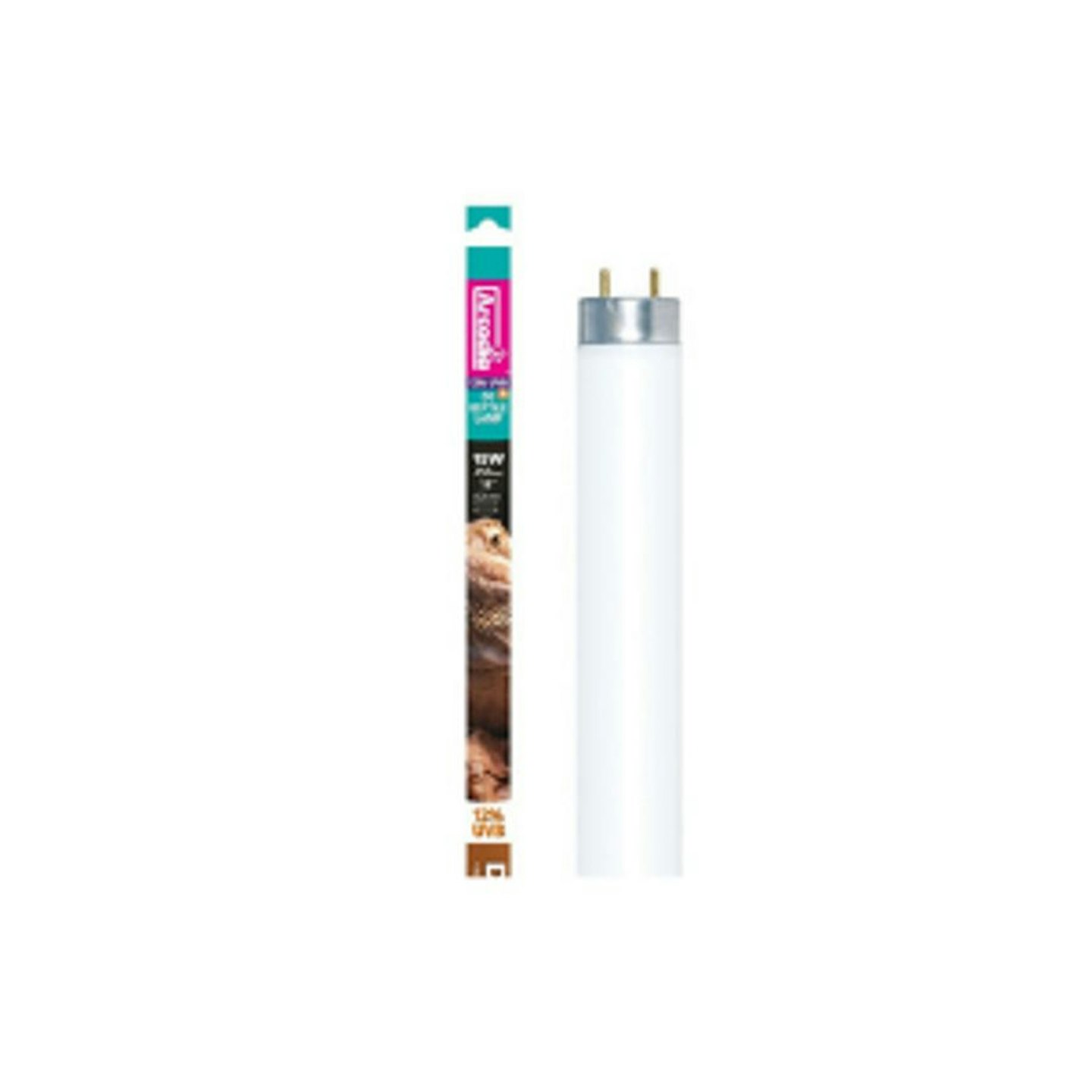
www.reptiles.swelluk.com
As previously mentioned, on top of the heat lamp you will need a UVB lamp too. These are absolutely essential, as they help your beardie digest food and absorb nutrients properly. This is due to the fact that a UVB bulb helps them produce vitamin D3, which they need to absorb calcium.
Monitoring heat
In order to make sure that your beardie has the most optimum conditions, you're going to have to monitor the heat and humidity of the vivarium, for which you'll need a thermometer and a hygrometer. We've found this handy product below that's a 2-in-1, so you won't have to buy two products separately.
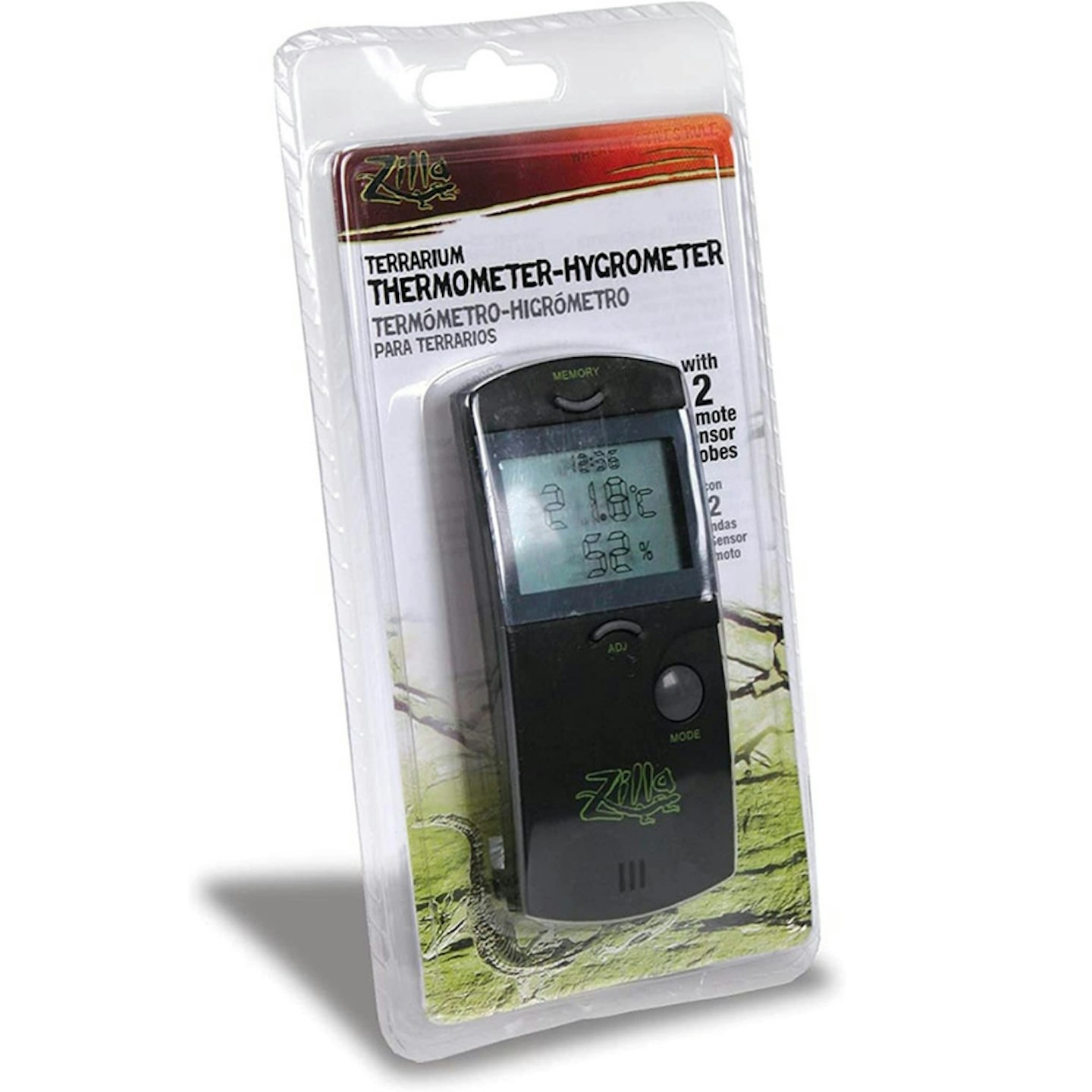
Instead of purchasing two separate products, purchase this handy 2-in-1 thermometer and hygrometer!
Substrate
The ideal bearded dragon substrate needs to be quite dry so it doesn't hold much humidity. Below we've got a list of the different types of substrates, as well as their advantages and disadvantages.
Reptile carpet, fake grass, or astroturf are all great options. They're simple to install and won't overheat. However, cleaning it can be difficult and time-consuming.
Newspaper: We love this as it's ultra-low-cost and budget-friendly. However, this cannot be re-used, meaning you'll have to buy new newspapers every few days. We haven't included a product for this as any clean newspaper you have will work.
Sand: One of the most popular substrate options. We love how seamless it is to clean as well as the aesthetic. Just make sure your beardie doesn't ingest much of it, as this could harm it.
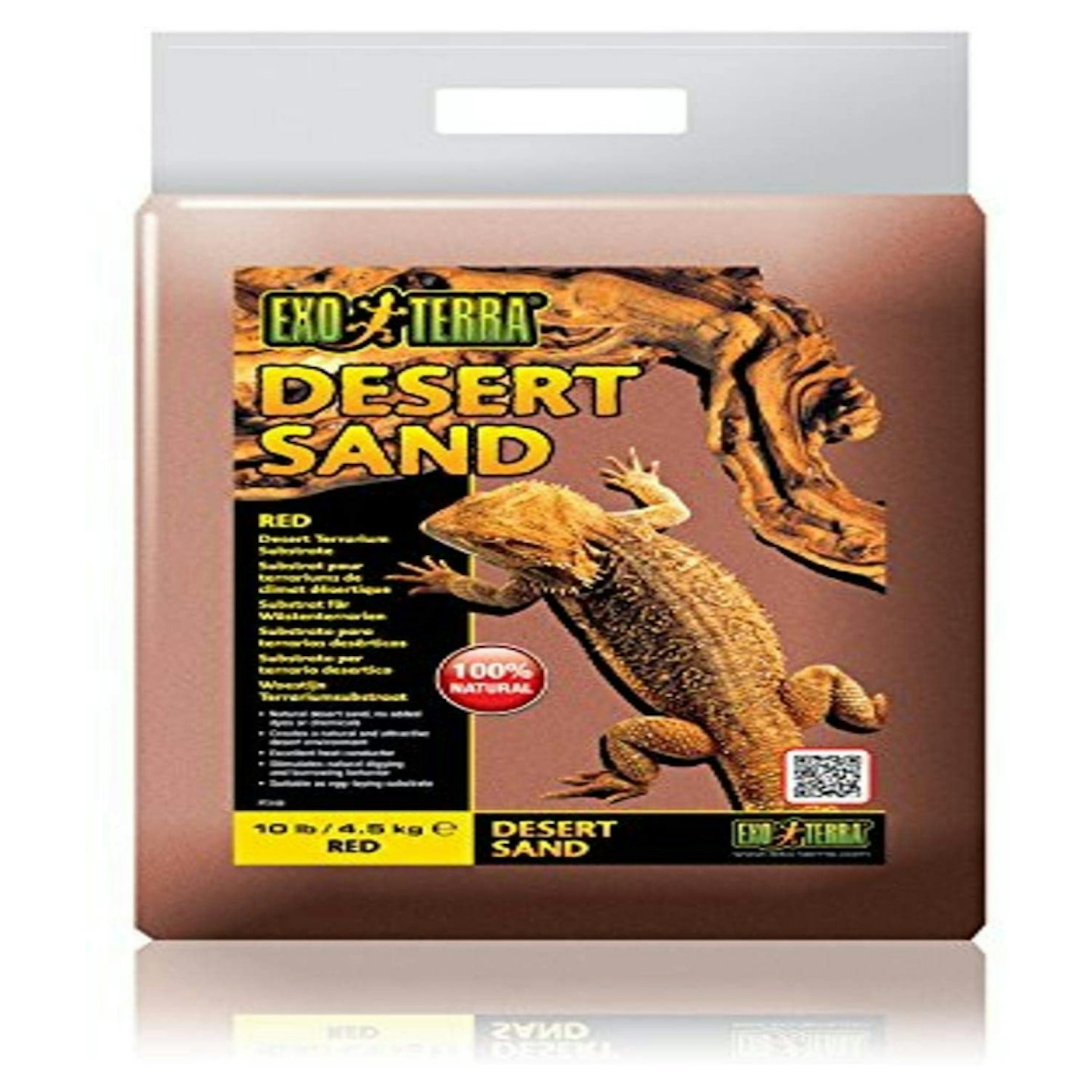
Wood chips/bark: We don't recommend this as it easily absorbs moisture and if ingested it can be harmful to your bearded dragon.
Food and water dishes
They will need one food dish and one water dish, it's important to note that the water dish will need to be changed daily.
What do bearded dragons eat?
They eat a variety of live insects, fruit and vegetables. These insects include beetles, dubia roaches, earthworms, super worms and crickets. The vegetables include kale, dandelion greens and collard greens. In terms of fruit, they can eat blueberries, apples, strawberries, bananas and grapes.
You can purchase live insects for your beardie to feast on, as well as add extra fruit and vegetables to your supermarket shop!
